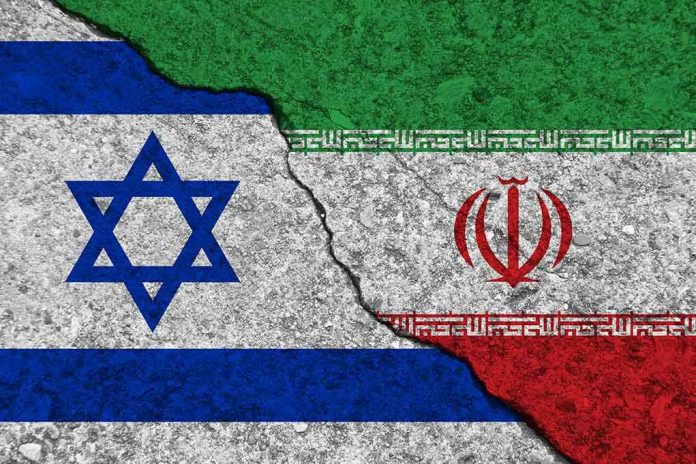
Overnight Israeli airstrikes in Gaza have reportedly killed 46 children among 104 total casualties, according to Palestinian health officials, marking another devastating chapter in the ongoing conflict that continues to exact its heaviest toll on the most vulnerable.
Story Overview
- Israeli military airstrikes killed 104 people overnight in Gaza according to Palestinian Health Ministry
- Children comprised nearly half of all casualties with 46 young lives lost
- Latest strikes continue pattern of high civilian casualties in densely populated Gaza Strip
- Numbers reflect ongoing challenge of conducting military operations in heavily populated areas
Devastating Civilian Impact in Dense Urban Warfare
The Palestinian Health Ministry reported that Israeli airstrikes conducted overnight resulted in 104 deaths, with children accounting for 46 of those killed. These figures underscore the brutal reality of urban warfare in one of the world’s most densely populated areas. Gaza’s 2.3 million residents live compressed into just 140 square miles, creating an environment where military operations inevitably impact civilian populations at catastrophic levels.
The Impossible Arithmetic of Modern Conflict
Military strategists have long recognized Gaza as presenting unique operational challenges. The territory’s population density exceeds that of major metropolitan areas like New York City, with militant infrastructure deliberately embedded within civilian neighborhoods, schools, and hospitals. This tactical reality forces military planners into scenarios where achieving military objectives while minimizing civilian casualties becomes extraordinarily difficult, if not impossible.
The reported death toll reflects this harsh mathematics. When nearly half of all casualties are children, questions arise about targeting protocols, intelligence accuracy, and whether alternative approaches might achieve strategic goals with less civilian harm. These are not abstract policy debates but life-and-death calculations with immediate consequences for families caught in the crossfire.
Israel’s military said Wednesday that the ceasefire was back on in Gaza after it carried out heavy airstrikes overnight that killed 104 people, including 46 children.
The strikes, the deadliest since the ceasefire began, marked the most serious challenge to the truce to date. pic.twitter.com/2yPm5w2Ifm
— The Associated Press (@AP) October 29, 2025
International Law and Rules of Engagement Under Scrutiny
International humanitarian law requires military forces to distinguish between combatants and civilians, take precautions to minimize civilian harm, and ensure that expected civilian casualties are not excessive compared to anticipated military advantage. The reported casualty figures will likely intensify international scrutiny of whether these legal standards are being met in Gaza operations.
Critics argue that such high civilian death tolls, particularly among children, indicate insufficient precautions or disproportionate force. Supporters counter that Hamas deliberately uses civilian areas for military purposes, making such casualties tragically inevitable. This debate reflects broader questions about how democratic nations should conduct warfare against non-state actors who operate from within civilian populations.
Long-Term Consequences Beyond Immediate Casualties
The psychological trauma inflicted on surviving children in Gaza cannot be quantified in casualty reports. Multiple generations have now experienced repeated cycles of violence, creating lasting mental health impacts that extend far beyond immediate physical harm. Child psychologists working in conflict zones report that exposure to such violence creates developmental disruptions that can persist for decades.
Each civilian death also carries strategic implications for long-term regional stability. High civilian casualties, particularly among children, fuel grievances that terrorist organizations exploit for recruitment and propaganda purposes. This creates a cyclical dynamic where military operations intended to enhance security may inadvertently contribute to conditions that sustain future conflict cycles.
Sources:
Israeli strikes kill more than 100 people in Gaza, including 46 children












